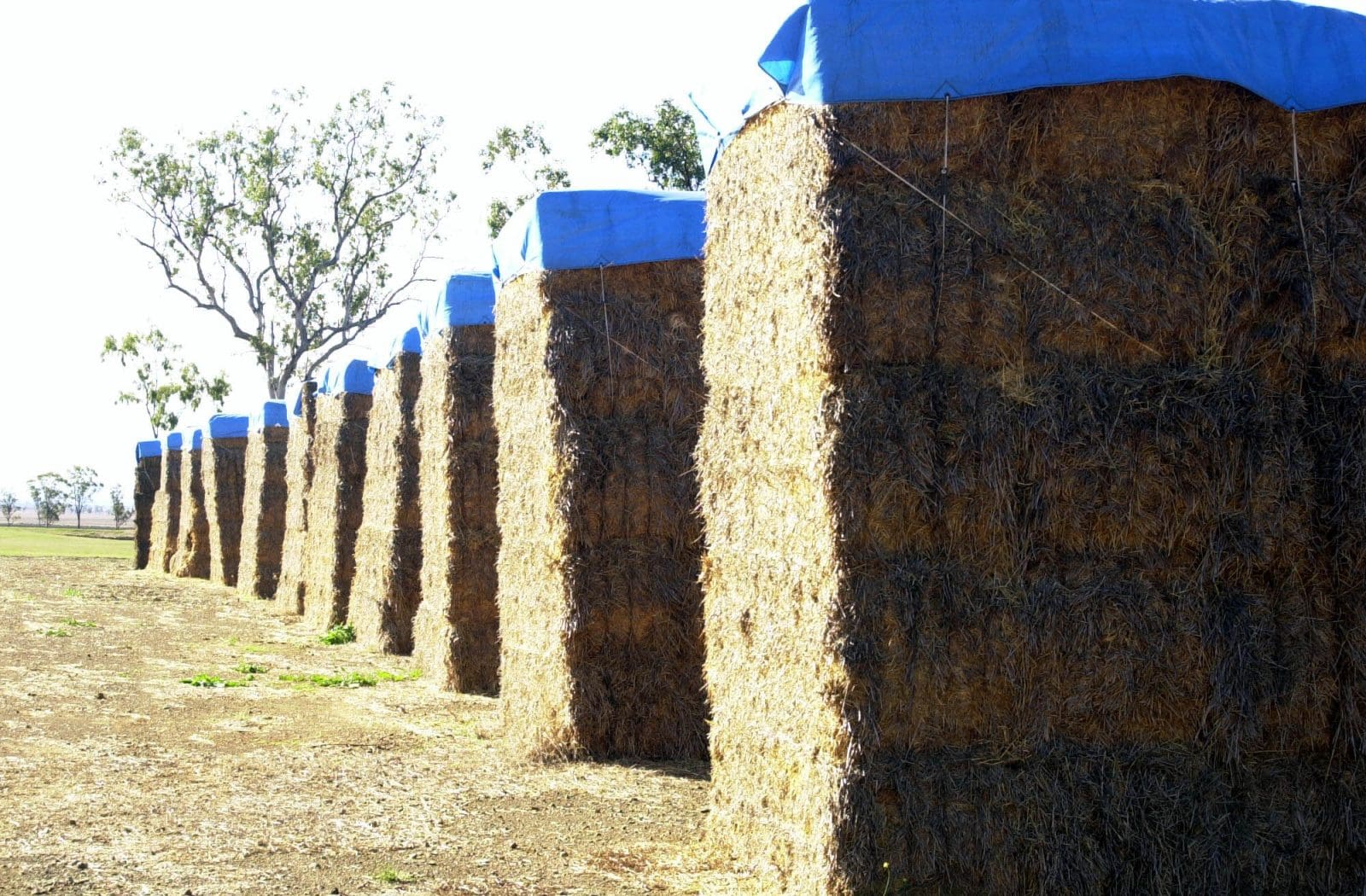LATE frosts are causing major damage to grain crops across Eastern Australia but growers can avoid disaster by turning their frosted crops into hay, a prominent hay merchant suggests.
This time last year hundreds of graingrowers used this option after a large portion of the east coast cropping belt was hit by a severe frost.
 Feed Central says it was able to help growers from Central Queensland to southern Victoria to market this hay, achieving good prices across the country in what turned out to be a very dry year in many areas.
Feed Central says it was able to help growers from Central Queensland to southern Victoria to market this hay, achieving good prices across the country in what turned out to be a very dry year in many areas.
With reports of frost damage already this year, Feed Central’s Tim Ford says growers should be prepared, and know their options.
“A frost doesn’t have to be a disaster,” Mr Ford said. “Last year, growers turned otherwise quite good frosted grain crops into hay. A large portion of that product sold at strong prices.”
Frosted cereal crops made very good quality hay, he said.
“In fact, many growers reported making more money out of the hay than what they would have from a grain crop, so a frost is not always a disaster.”
While hay prices remain strong in most parts of the country, Feed Central expects them to ease as a new season approaches, before rising again in 2015.
Over recent weeks severe frosts have extended from Tasmania to Central Queensland, with some areas already reporting damage, particularly to early-sown crops. It has been estimated up to 30pc of cropping regions in some states have been hit by frosts, with forecasts of more to come.
Mr Ford said growers with frosted crops do have options, but there are a few golden rules to follow with hay:
- Growers should seek the advice of an agronomist to ascertain the extent of the damage and to help determine potential yields.
- Growers should make sure the hay is fully-cured and made at low moisture – less than 14pc for export and 18pc for domestic markets.
- Choosing bale size is also critical as the right bale size will dramatically decrease freight and handling costs for both buyer and seller.
“These days, 8x4x3 bales are the most common and most efficient, with most contractors who operate good balers getting 580-680 kg per bale, fully-cured, with a baling moisture of around 16pc,” Mr Ford said.
“Most growers and contractors do quite a good job with baling and curing hay, but many growers take a hit with cash-flow shortly after baling.”
“This seems to be the biggest problem with hay – baling costs are significantly more than grain harvest costs, and hence growers are cash-poor at harvest. This results in many growers panic-selling,” he said.
“Talking to your bank manager prior to making hay about a short-term facility is likely to dramatically improve your outcome, as hay prices typically rise during autumn and winter.”
Mr Ford said the economics were simple. “Many growers try to sell during spring when demand is low and volume is high. Good storage and the right finance will assist you carry that product through to when demand is high and supply is low.”
The other big issue was storage. To get the best price, growers needed to hold the quality of the hay until it was sold. Hay sheds were obviously the best option, but hay caps and tarps were also a good alternative when used properly.
Mr Ford said that provided these golden rules were followed, most growers with frosted crops would be able to manage their situation reasonably well.
“If you do get a damaging frost, then it could be a timely to think about making hay, as the vast majority will be sold and there is every chance that the result could be quite good,” he said.
“The key message is plan your storage and your cash flow. Most hay in this country is made in a 60-day window, but cattle are eating 365 days of the year.”
- Feed Central’s website has useful information about making hay, click here to access.
- The business provides hay certification and marketing services to a national client base and has marketed and sold more than 100,000 tonnes of quality assured hay in the past 12 months. Despite its name, Feed Central is not connected in any way with Sheep Central.

HAVE YOUR SAY